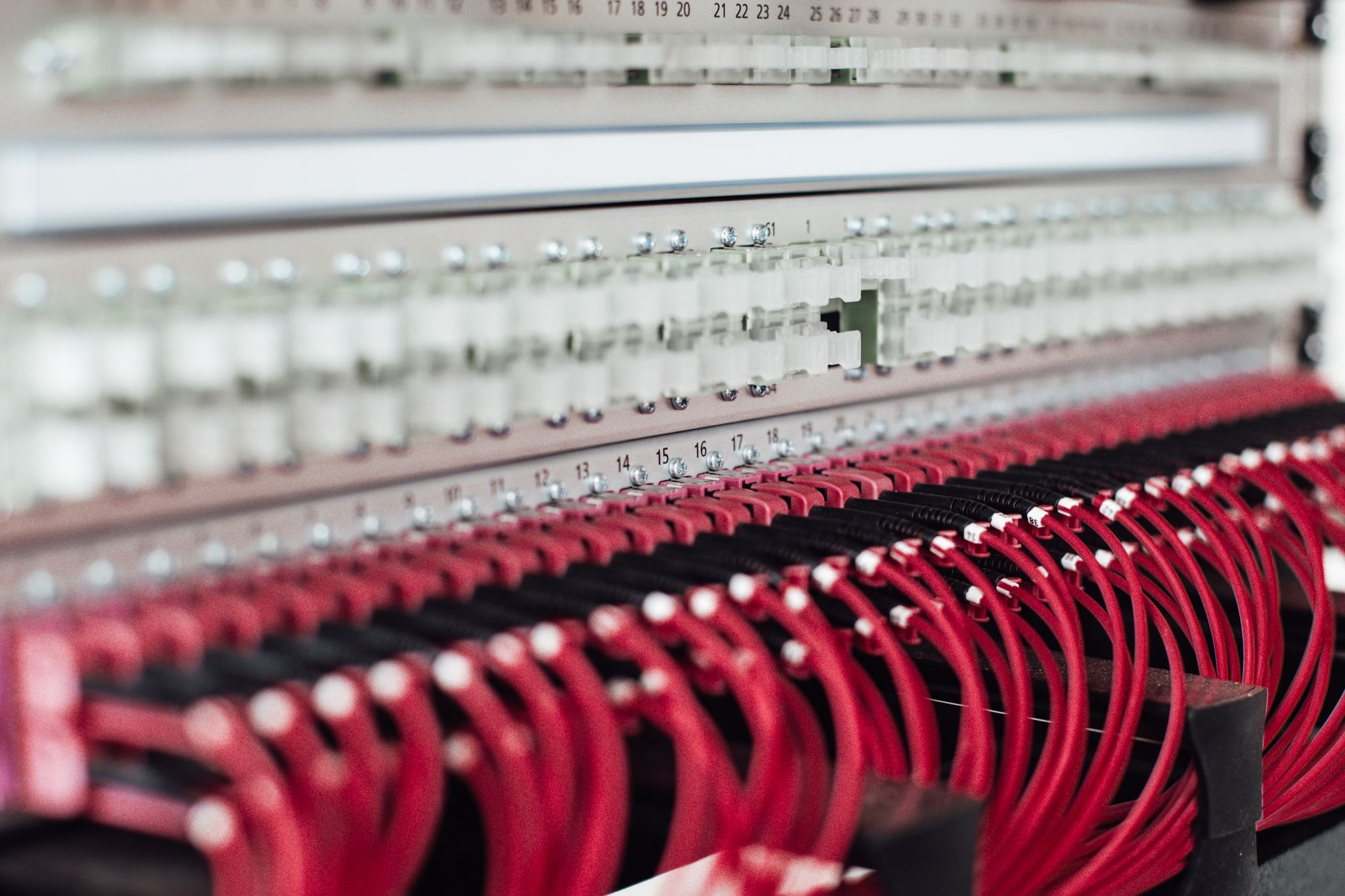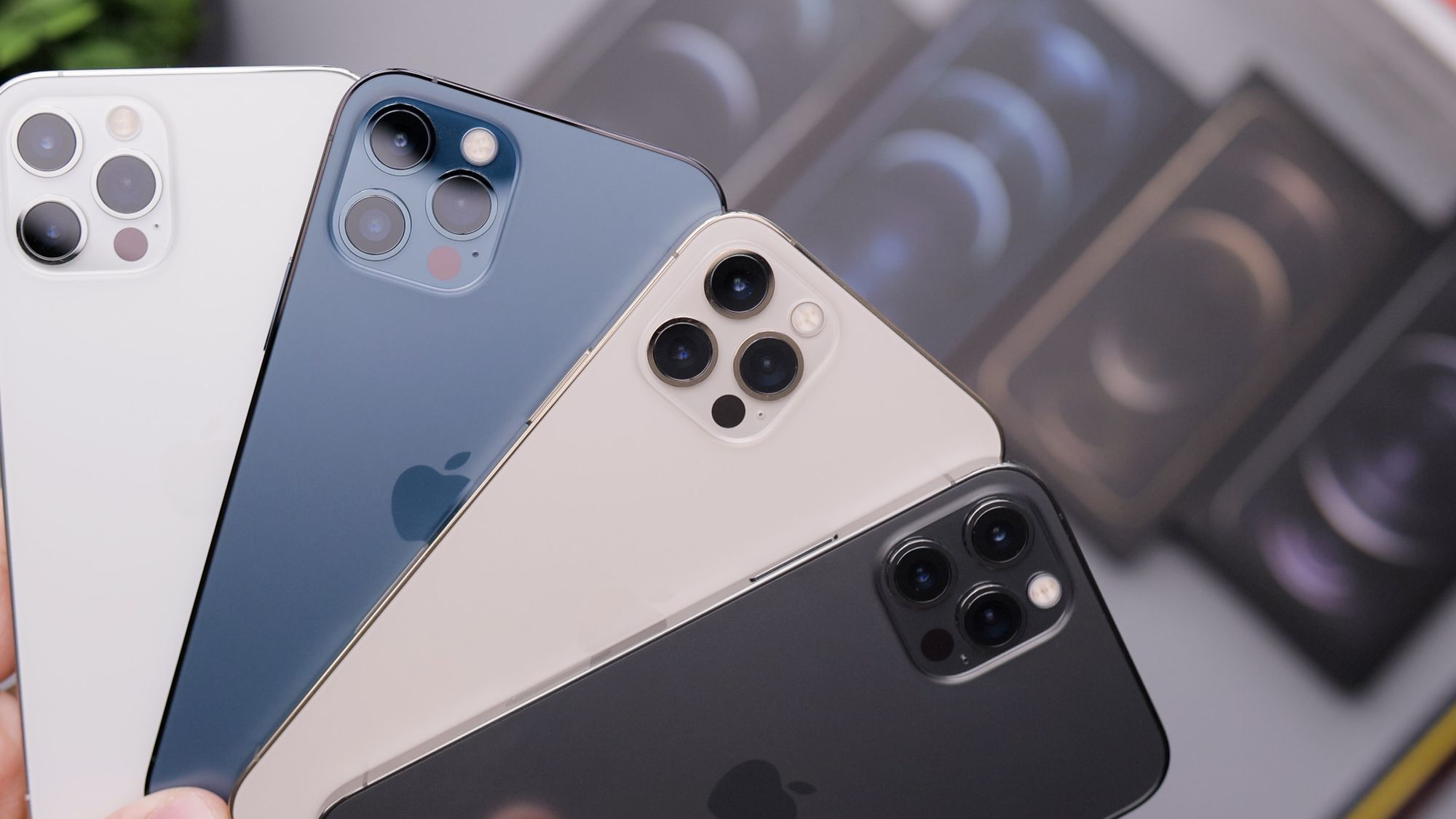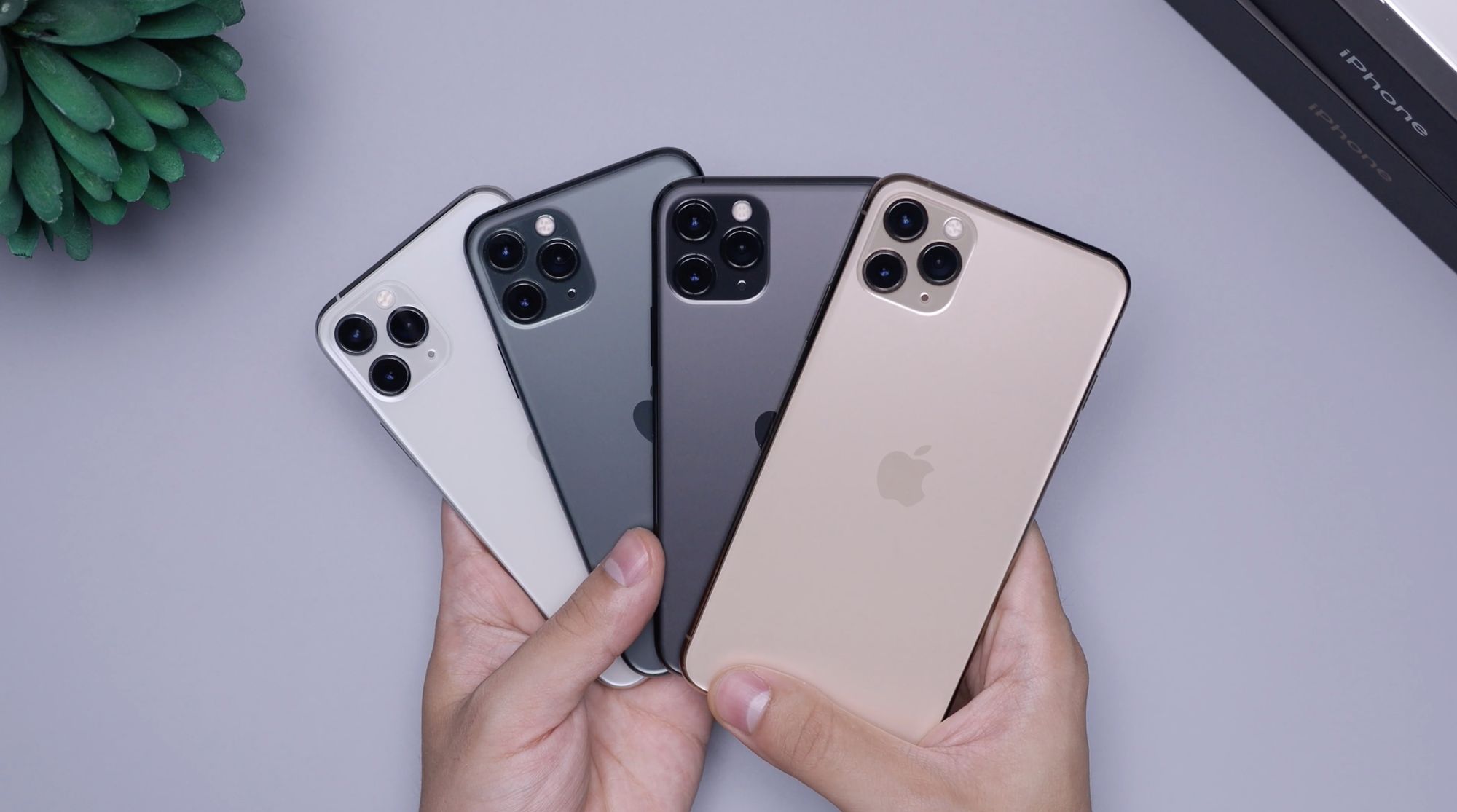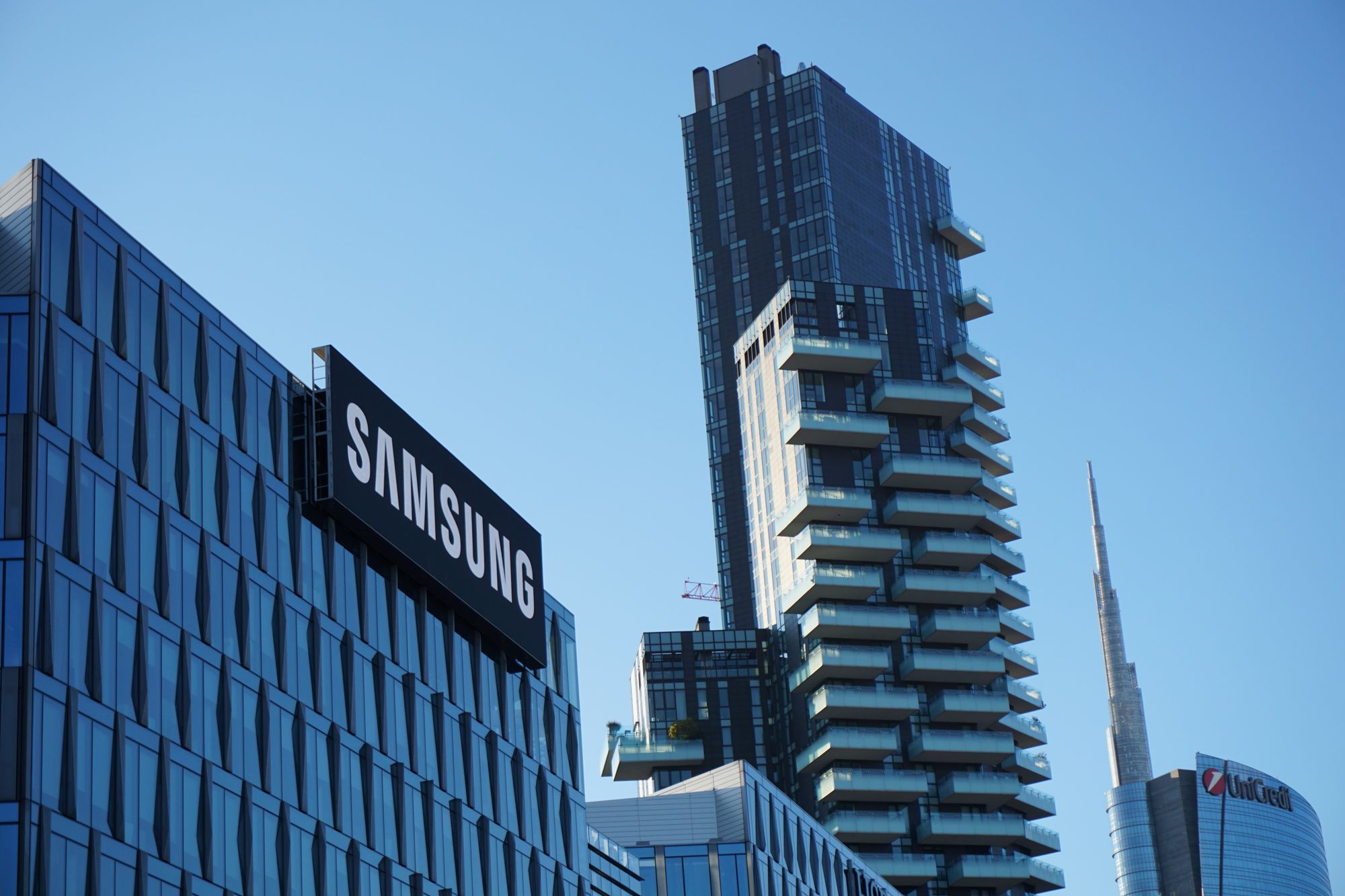Useful Things To Keep On a Flash Drive
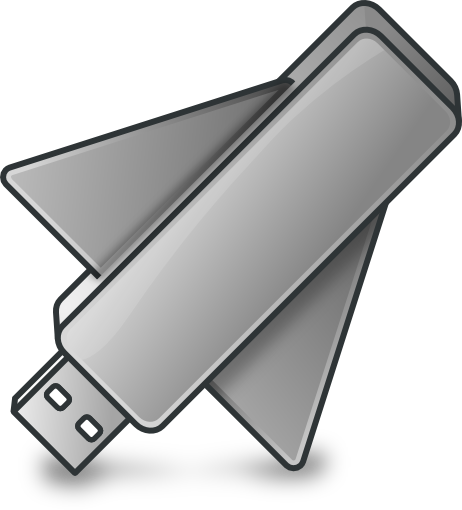
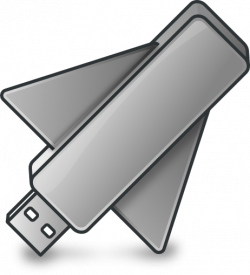 As flash drives are getting less expensive per gigabyte, you can get a lot of storage for not a lot of money; but what to do with that extra space? There are many useful things to put on a flash drive. From documents to programs to operating systems, a flash drive has a lot of potential in that little small stick.
As flash drives are getting less expensive per gigabyte, you can get a lot of storage for not a lot of money; but what to do with that extra space? There are many useful things to put on a flash drive. From documents to programs to operating systems, a flash drive has a lot of potential in that little small stick.
Portable Applications
PortableApps.com – PortableApps allows you to install applications on your flash drive and carry with you to the various computer you use. PortableApps is one of the most popular portable software solution and having the most complete solution for life on the go. From Browsers to games to media player to office applications, Portable has a free open source application for you to carry.
LiberKey – Like PortableApps, LiberKey allows you to install applications on your flash drive and carry with you to the various computer you use. LiberKey has a large library of portable applications you can install.
Cameyo – If PortableApps nor LiberKey has the application you need, you may need to package a portable app yourself. Cameyo allows you to create your own portable app without a lot of know how. Cameyo saves a computer session and monitor the changes as you are installing the program; and after you are finished installing the program, the program will find the changes to the session and batch a portable app. In the program, you can determine the level of access to the computer file and settings. As you are creating portable apps, the programs you are creating may not be designed for portable use and some programs may not work all of the time.
Operating Systems
Linux Live USB Creator – Linux Live USB Creator, LiLi USB Creator for short, allows you to create bootable Live USB drives of many Linux operating system without the need to create a CD. The program is designed to be used by both beginners and geeks by giving it a simple and clean interface with steps from top to bottom. In the program, you select the flash drive you want to have the Linux distro installed on, select the Linux installation iso/img/zip file or disc or even download a Linux distribution it if you have not done so, add persistence if possible (allows you to save your settings and documents on the flash drive), and choose whether to hide the created files, format the flash drive, and allow you to install VirtualBox on the flash drive so you can run the Linux distro without rebooting the machine. Linux Live USB Creator is available for Mac or Windows.
UNetbootin – Much like Linux Live USB Creator , UNetbootin allows you to create bootable Live USB drives of many Linux operating system without the need to create a CD. Unlike Linux Live USB Creator, UNetbootin works on Windows, Linux, or Mac OSX. The only downside is that you can only create persistence for Ubuntu only.
Windows 8 To Go – In Windows 8 Enterprise edition and higher, Microsoft has added the ability to store the operating system and run from a mass storage device like USB flash drives and external hard drives. The environment is similar to its standard OS counterpart and allows users to run their Windows program on any computer. To be able to use this feature, you need a Windows 8 Enterprise edition or higher operating system, a flash drive that is USB 2.0 or 3.0 capable (Microsoft has two USB flash drives certified for Windows To Go like the Super Talent Express RC8 for Windows To Go and the Kingston DataTraveler Ultimate specialized for Windows To Go, but in our tests, other flash drives do work but may be a little bit slower than running a standard Windows 8 operating system), and a motherboard with wither legacy BIOS or UEFI.

